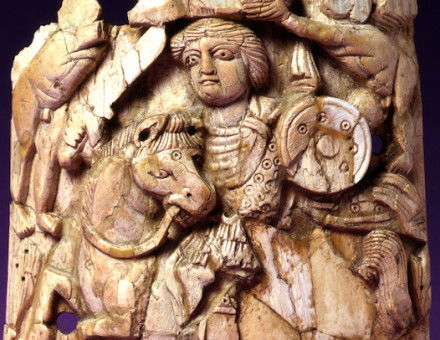Basel and the Renaissance
G.R. Potter describe show, during the 15th and 16th centuries the scholarship of the humanists and theologians was fused at Basel into something characteristically Swiss.
At the end of the fifteenth century, Basel was an Imperial city of some ten thousand inhabitants, ruling, as other walled cities did, a small territory nearby, and it was also an episcopal see whose Bishop controlled a diocese that extended from Delle to the Aar. The Bishop had formerly been lord of the city where he still exercised some inconvenient residual power, while, as Father in God, he had the usual spiritual rights of excommunication and interdict. There was a long story of rivalry and conflict, until the Reformation enabled the city, which by then had been admitted into the Swiss Confederation, to secure complete independence.





